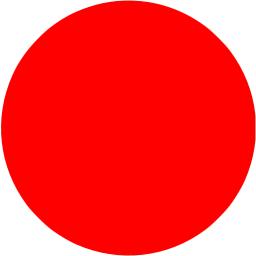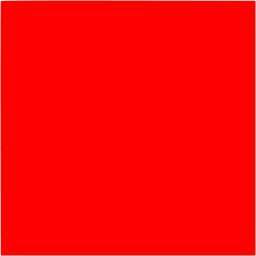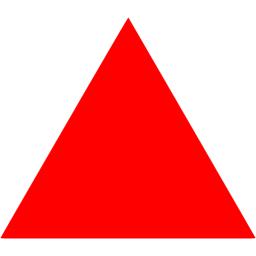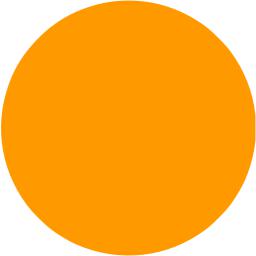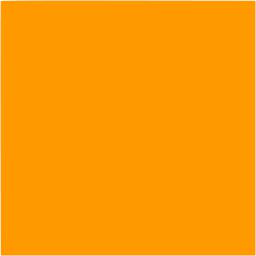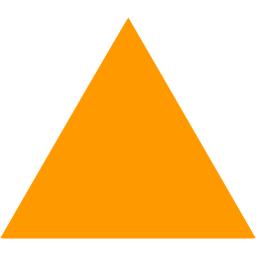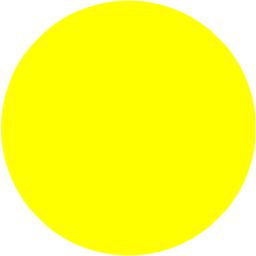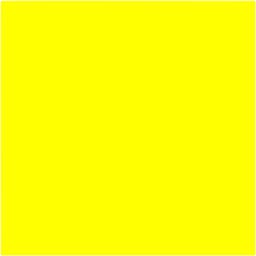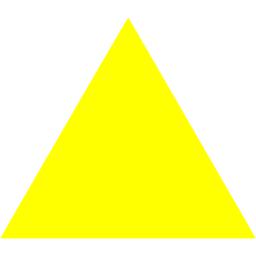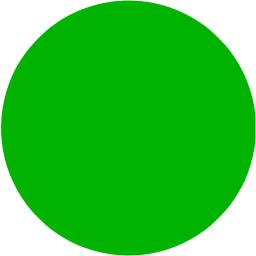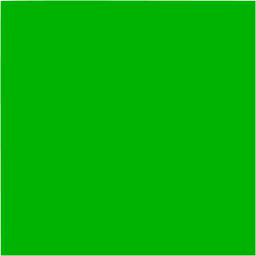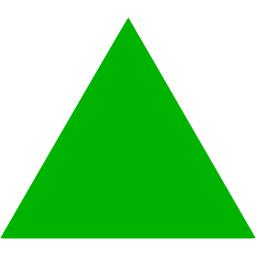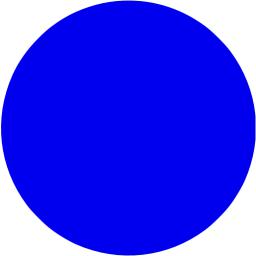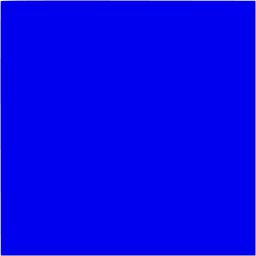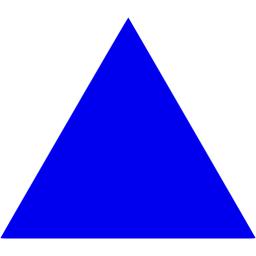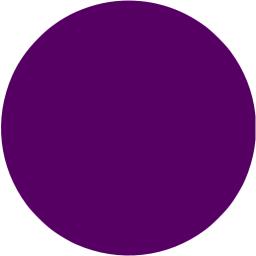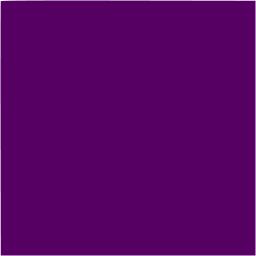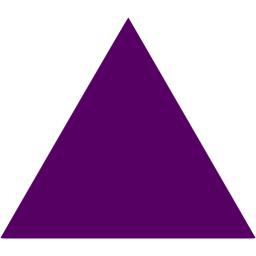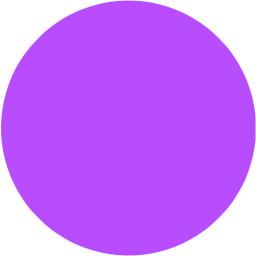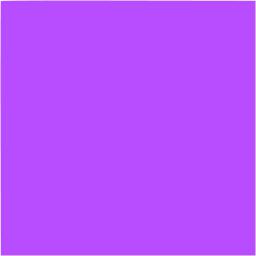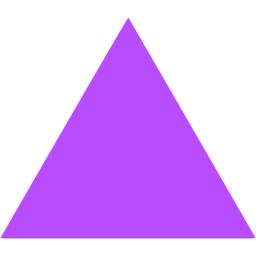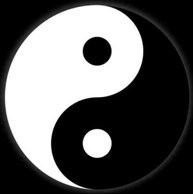(i) Meditation on Colours and Shapes Introduction
This is a powerful visualisation involving meditation on colours and shapes designed to improve your concentration and the quality of your meditation practice.
Visualisation may be defined as forming a mental image that is similar to a visual image.
Potential Benefits from Visualisation can include:
- Improving our concentration during meditation
- Discovering positive benefits from meditating on different colours and colour combinations
- Discovering positive benefits from meditating on different shapes and colours within shapes.
Visualisation is also said to be valuable to our meditation in more subtle ways:
- It is effective in helping us transcend the physical, emotional & mental bodies as it uses the higher mental aspect of us.
- Being able to visualize states of consciousness that we have attained in meditation also is said to create a link with that state and this in turn creates a ‘thread’ making it easier to return to higher states.
We are now going to look more closely at colours and shapes with respect to visualisation.
-
Colours
The language of colour has entered our vocabulary to help us describe our emotions. You can be ‘red’ with rage or ‘green’ with envy. We often speak of bright cheerful colours as well as sad or dull ones. A ‘grey’ day may be depressing and result in a feeling of the ‘blues’. Artists also use combination of colours to represent moods in their paintings.
For more esoteric aspects of colour we can use two examples:
(a) Alice Bailey & the Treatise on the Seven Rays
 Alice Bailey (June 16, 1880 – December 15, 1949) identified 7 Spiritual Light Rays each carrying a specific ‘quality’ of energy emanating from our spiritual source, and these were classified in terms of their colour as given below:
Alice Bailey (June 16, 1880 – December 15, 1949) identified 7 Spiritual Light Rays each carrying a specific ‘quality’ of energy emanating from our spiritual source, and these were classified in terms of their colour as given below:
1st Ray – Red
2nd Ray – Blue
3rd Ray – Yellow
4th Ray – Green
5th Ray – Orange
6th Ray – Violet
7th Ray – Indigo
(b) The Colours of the Seven Chakras
Now we will consider shapes to contain the colours in the above examples.
-
Shapes
We will consider three basic shapes:
Triangle = 3 (movement, change).
Square = 4 (stability/rest).
Circle = 0 (being in the moment).
Meditation Exercise
Choose from one of the colour sequences above, either the order of the Rays or the colours of the chakras. Once you have chosen follow the sequence with each colour in turn and in both cases start from the colour RED.
The order of the shapes should be Triangle, Square & finally the Circle.
So for instance, if we choose to work with the chakra colour sequence our visualisation order would be:
Red Triangle – Red Square – Red Circle – Orange Triangle – Orange Square – orange Circle – etc. Try to hold each image for about 5 seconds :
Once we have finished our final shape which would be Violet Circle we start the cycle again.
I have repeated this process for 15 minutes prior to meditation on the Light and Sound Energies.
We might find that some shapes and colours are harder to visualise than others and so we have included images for you of each of the 21 combinations. If you are not used to visualising or find it difficult just start by looking at coloured shapes in sequence directly from the images. In time you will be able to visualise better and may be able to dispense with some or all of the images.
Also begin with just start with a time that is comfortable for you, 5 or 10 minutes for example.
(ii) Colour and Shape Combinations
This section has been added which gives you all the colour and shape combinations that I use for meditation and visualisation. These can be copied and pasted for your personal use or just used directly from this article.
1. Red
(i) Red Circle
(ii) Red Square
(iii) Red Triangle
2. Orange
(i) Orange Circle
(ii) Orange Square
(iii) Orange Triangle
3. Yellow
(i) Yellow Circle
(ii) Yellow Square
(iii) Yellow Triangle
4. Green
(i) Green Circle
(ii) Green Square
(iii) Green Triangle
5. Blue
(i) Blue Circle
(ii) Blue Square
(iii) Blue Triangle
6. Purple
(i) Purple Circle
(ii) Purple Square
(iii) Purple Triangle
7. Violet
(i) Violet Circle
(ii) Violet Square
(iii) Violet Triangle
(iii) Meditation on Colours and Shapes & the Nature of Perception
Summary of the Above Exercise
(a) Looking directly at a colour/shape = Shape is Yang (strong, well defined) which evokes a feeling of Yin within the perceiver.
(b) Visualising a coloured shape = shape is Yin (more subtle than the object itself) and the process of perceiving is Yang (we put in a lot of effort to form the mental image).
From the above perhaps meditation on the inner light is essentially a yin process, which would explain why when one ‘tries’ to see the light in a yang fashion, similar to the outward perception of shape and colour, the process seems ineffective – perhaps a softer, gentler process of perception is needed to develop a good technique for seeing the light inside. So if our perception is soft (Yin) the Light will be strong (Yang).
So Perception has two interdependent forces, a Yin and a Yang quality like the Taijitu symbol below:
(iv) Meditation on Colours and Shapes Links
Healing Color Therapy – Enjoy a 10 Minute Meditative Color Wash




